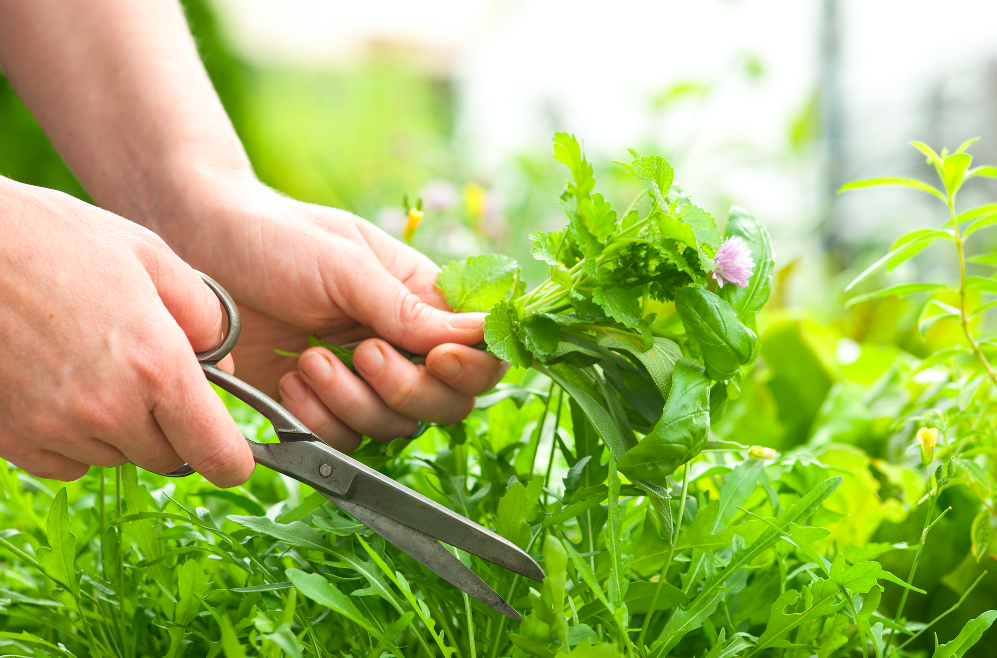In our Spring 2021 issue, Hans Wieland shared some great tips on how we can turn our lawns into places of happiness. Read on to enjoy a sneak peek of his article!
Living on the Lawn
A pledge for a happy place!
by Hans Wieland
Lawns have always been a controversial and complex topic. “Rasen betreten verboten!” – “Keep off the grass!” – is a running joke about the law and order obeying Germans, but I could easily counter that with the image of big family mansions in the Irish countryside surrounded by two acres of lawn and not a human in sight, sitting or playing on it. What is it with lawns that makes some people obsessed and others depressed? Here is my pledge for lawns as a place of happiness!
Lawns as a status symbol – a very, very short history
Historically, the first lawns were grass fields surrounding English and French castles, old English “launde” meant an “opening in the woods”. Formal lawns became popular with the aristocracy in northern Europe from the Middle Ages onward, when lawns were the perfect status symbol for the nobility.
Keeping huge lawns in shape was very labour intensive. In Blenheim Palace in Oxfordshire each day fifty people were employed to cut the grass and maintain the lawns. This all changed during the Industrial Revolution with the invention of the lawnmower in 1830. A perfectly mowed lawn became the ultimate suburban status symbol for the emerging middle classes, who could afford their own mini versions of wealthy manors, while working class people, living in industrial housing estates, grew vegetables in allotments on public land to supplement their food.
Lawns and Biodiversity
Today, in a world threatened by global warming, the debate about lawns has taken on a new dimension;“To humans, a neatly manicured lawn looks tidybut, without being dramatic,to our wildlife it must look a bit like the apocalypse.” says Dr Úna Fitzpatrick, a senior ecologist with the National Biodiversity Data Centre.
American food writer Michael Pollan describes lawns as emblematic of a “skewed relationship to the land,” adding, “they teach us that, with the help of petrochemicals and technology, we can bend nature to our will.” (In a 1989 article in The New York Times Magazine, “Why Mow? The Case Against Lawns”)
Lawns and Climate Change
The total estimation of greenhouse gas emission from lawn care, which includes fertilizer and pesticide production, watering, mowing, leaf blowing and other lawn management practices, was found by a University of California-Irvine study *(footnote 1)to be four times greater than the amount of carbon stored by grass. In other words, our lawns produce more CO2 than they absorb.
Lawns in a pandemic
During the various levels of restrictions many lawns have often for the first time become meeting places, exercise areas, playgrounds and football pitches. Many people have gone even further and turned lawns into gardens during 2020, which is a more productive use of land. If you (still) have a lawn why not dream big and turn your lawn into a place of happiness. At least sit on it and watch the clouds and listen to the birds.
Footnote 1: Judy Lowe, January 22, 2010, in a University of California-Irvine study.
Hans Wieland works and teaches at Neantog Kitchen Garden School in Cliffony, Co.Sligo.
To read the full version of this article, check your local stockist, or subscribe here to receive a copy direct to your door.


